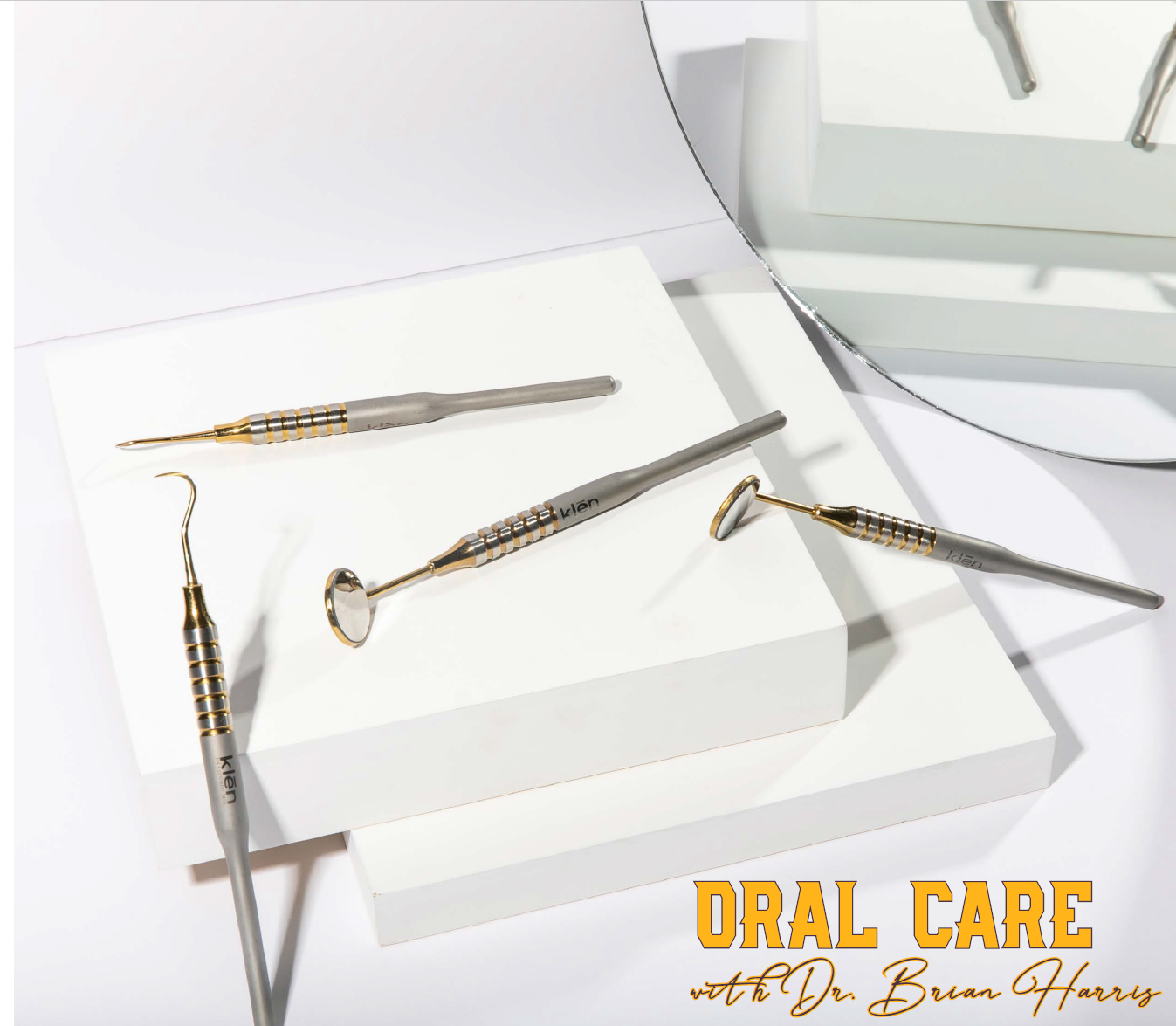Every September and October, people flock in droves to their local clinics for their annual flu shots. For most, it’s common sense to get a vaccine for an endemic illness that’s known to be deadly when not treated properly. However, many individuals are still wary of receiving a flu vaccine every year. Their doubts may seem unfounded, but it’s understandable.
Any vaccine for any illness has pros and cons. The benefits often outweigh the risks, making it safe for most people to receive. But it’s still important to check if you acquire adverse reactions after that one shot. Everyone has to face the needle for the community to obtain herd immunity since anyone can catch the virus. Athletes, especially, are at high risk due to their frequent traveling and close-contact engagement during sports.
Surprisingly, only around 30% of athletes get flu vaccines every year. This number isn’t enough to cover herd immunity for non-athletes and at-risk individuals like the elderly and immuno-compromised. As an athlete, it’s also your responsibility to ensure your neighborhood, teammates, and fellow athletes don’t contract any virus from you.
This article will include the pros and cons of receiving a flu shot, starting with the risks first, then with the benefits:
Flu Shot Risks:
1. Nerve Damage
Athletes need a mastery of their movements to achieve peak performance in their sport. Hence, nerve damage can put a halt to your professional sporting career. Fortunately, although nerve damage from a flu shot may be possible, it’s pretty rare. However, it can become serious depending on the kind of damage. Issues like Parsonage-Turner syndrome and brachial neuritis can affect the arms and, if not treated immediately, can spread to the spinal cord.
If you act on the symptoms early, you can prevent further nerve damage from happening. If it does get serious, you may be compensated by the National Vaccine Injury Compensation Program (NVICP). The NVICP’s Vaccine Program covers the cost of any legal fees you’ll incur when filing a vaccine injury claim. As a claimant, you could pay little for the legal claim or nothing at all.
2. Headaches, Fever, And Soreness
These three are common side effects most people experience after taking a flu vaccine. Muscle soreness and headache intensity can vary from person to person, while fevers are often low-grade for most. The good thing is that they usually go away in a few days. This means that you can get back to sports training almost immediately afterward.
After getting a shot, you can still take painkillers like ibuprofen and paracetamol to relieve discomfort if you get these side effects. These pills are safe to ingest after having the flu vaccine, so you don’t have to worry about other risks.
3. Allergic Reactions
Anaphylaxis, like nerve damage, is a pretty rare occurrence after getting the shot. If you’ve taken the flu vaccine before and did not have any allergic reactions right after, you should be fine for your next scheduled shot.
There are flu shots that include ingredients that may trigger allergic reactions. Athletes with egg allergies can receive the standard flu vaccine, though they can also receive an egg-free flu vaccine if it’s available. The vaccine also includes gelatin, which some people are allergic to.
If it’s your first time taking the vaccine, the doctors or nurses in charge should ask you if you have any existing allergies. In case you happen to have one with severe symptoms, you may need to avoid the shot. But if you don’t have these preexisting health conditions, the flu vaccine will provide benefits not just for you but everyone else around you.
Flu Shot Benefits:
1. Protect Vulnerable Groups
Not everyone can receive the flu vaccine. This specific group of people may include children, the elderly, pregnant women, and the immuno-compromised. Because of this, they rely on the herd immunity created by others like you who can take the shot.
When the community creates herd immunity against viruses like influenza A and B, those without the vaccine are less likely to get sick. You’ll make a safer, healthier place for the people around you by denying the virus an opportunity to proliferate and infect others.
2. Prevent Complications
Athletes are at risk of a condition known as overtraining syndrome. Simply put, this condition leads to burnout wherein you experience declining performance and fatigue after training. This moment of weakness lowers your immunity due to stress and makes you vulnerable to various sicknesses, including the flu.
If you’ve experienced overtraining syndrome before or feel like you might have it, taking the flu shot would be a wise decision. It’ll protect you from the virus and allow you to build up immunity during colder seasons.
3. Prevent The Spread
Influenza is highly contagious, and it spreads faster during fall and winter. That’s why people get their shots during this time. However, many people—maybe even you—avoid the vaccine thinking it’ll make you more vulnerable to flu. Despite being one of Americans’ popular winter health myths, that's not the case.
When you’ve been vaccinated, your chances of catching the flu go down, and the virus will find another host to infect. But if those around have the vaccine, too, the virus may die out, keeping you and your circle protected. This way, you’re sure not to miss crucial training days during the flu season.
In Conclusion
As an athlete, your health is one of the things you should look out for. The flu may sound harmless since flu season happens every year, but getting sick with it can greatly and negatively affect your performance in your sport.
However, it would be best if you weren’t getting vaccinated a day before a sporting event you’ll compete in. Even if you’ve taken the flu vaccine many times before, you’ll never know if you might experience mild side effects. Moreover, always make sure to communicate with your physician before you get the shot.
































































































